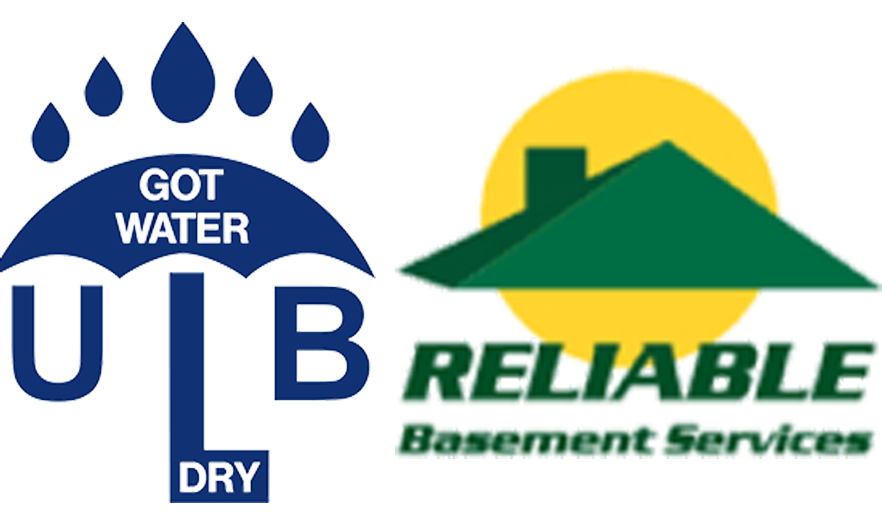
A flooded basement can be a nightmare for a homeowner, but it happens all too often. Spring arrives, the snow melts, and before you know it, you’re standing in a puddle in your basement? How did this happen? Hydrostatic pressure may be to blame.
What is hydrostatic pressure? It’s the pressure exerted by water resting against your home. Hydrostatic pressure is a force to be reckoned with, able to move rocks, damage concrete, and even buckle your walls. Your concrete basement walls are built to withstand water, but they’re not impermeable, and water pressing in from the outside can seep through. This is because as the soil around your home becomes saturated with water, it expands and puts tens of thousands of pounds of pressure onto your foundation. Any weak spots or cracks can start to leak, but water can also make its way through the pores in your concrete. This can damage your foundation, cause water problems in your basement, facilitate mold and mildew growth, and crack your walls. So, what can you do?
- A sump pump may help. Sump pumps are good for keeping your basement from flooding, so if you don’t have one, you might want to consider getting one. If you do have one, check to make sure it’s working properly and discharging the water away from your home.
- Diverting water away will alleviate pressure. This might require restructuring your drainage system or adding additional drains, so that water is directed away from your house and doesn’t seep into your basement walls.
- You can eliminate water sources within your control. This includes ground that’s sloping towards your house instead of away from it, as well as gutters and downspouts. If your gutters and downspouts aren’t working properly because they’re clogged, they can cause water to pool around your house.
- Your footing drains may need repair. If water is leaking into your basement at a low level on the walls, or even where the wall meets the floor, it’s probably hydrostatic pressure. If you’ve got footing drains, underground pipes installed to carry water away from the house, check to see if they’re clogged.
- The most effective move is to waterproof your basement. The best way to do this? Call in an experienced professional. Someone with experience can guide you through the process and help you determine whether interior drainage, exterior drainage, or some other type of waterproofing is right for your home.
If your basement needs waterproofing, ULB-DRY Waterproofing can help. A family-owned and operated company, we’ve served the Chicagoland area for more than ten years. We offer a full spectrum of basement services, charging reasonable rates for work that includes crack repairs, sump pump systems, basement waterproofing, basement windows, and floor repair. Our high standards have made us an award-winning Chicago basement waterproofing contractor and earned us thousands of satisfied customers all over Chicago. For more information, call (708) 978-7558 or visit our website.





